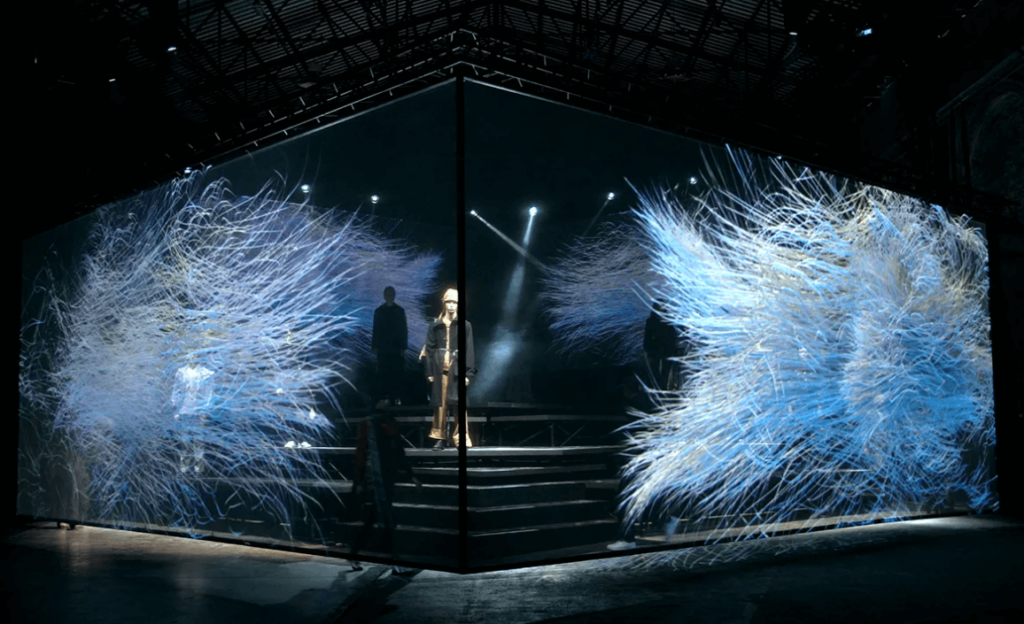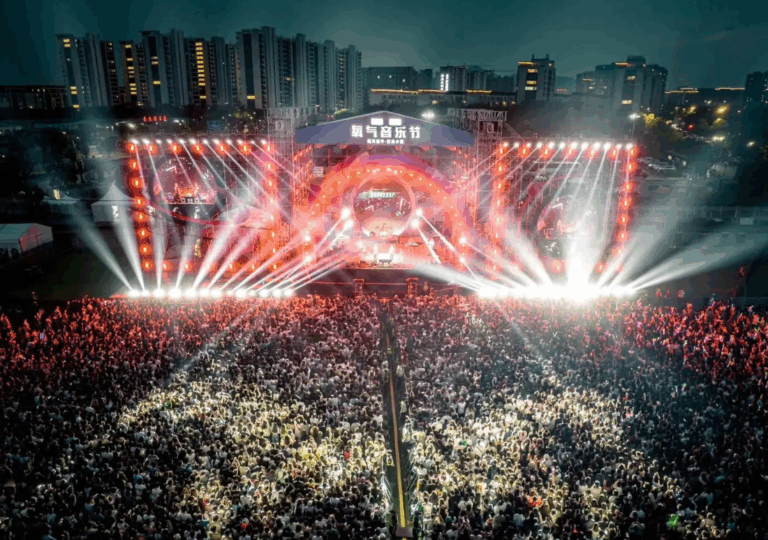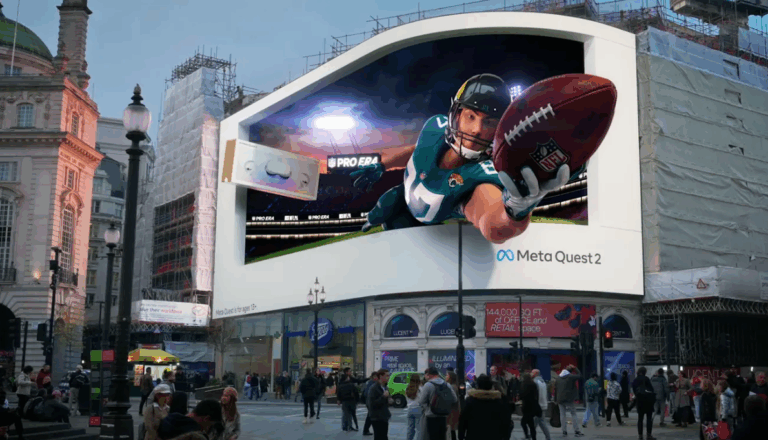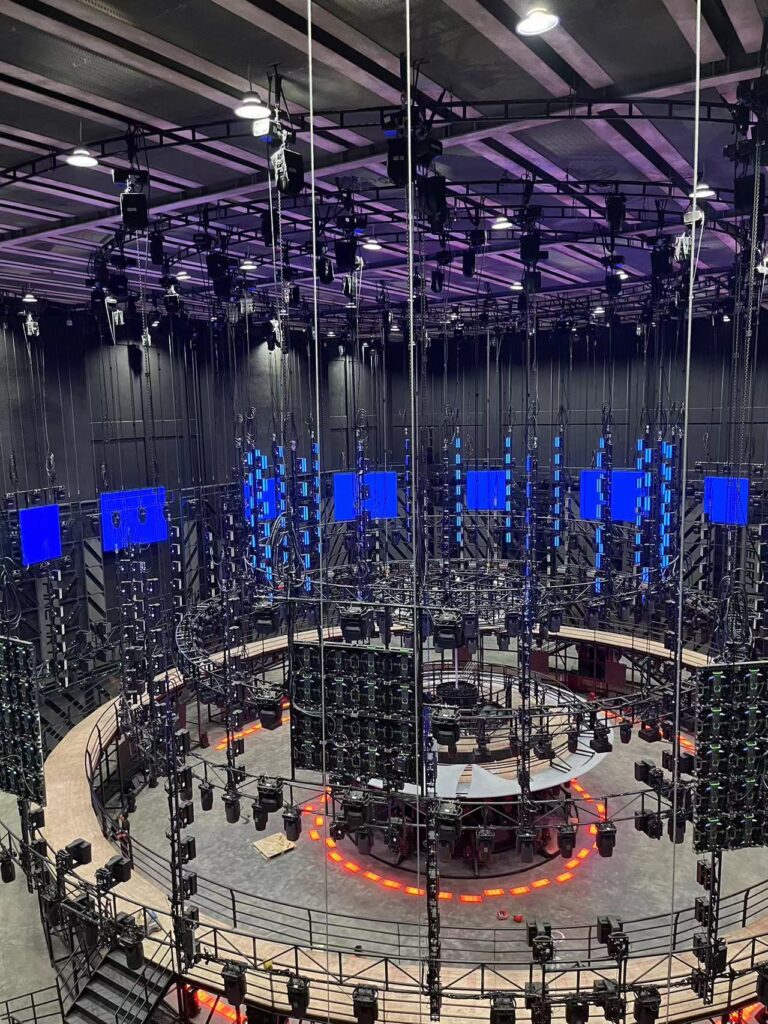Table of Contents
Can Holographic Displays Be Achieved?
What Is a Holographic Screen?
Basic Principles of Holographic Screens
Production Methods for Holographic Displays
Future Development of Holographic Displays
Can Holographic Displays Be Achieved?
Yes, they can! Holographic display technology has always been at the forefront of technological advancements. In this digital age, there is an increasing demand for display technologies that offer a more immersive and realistic experience. Holographic display technology, with its unique three-dimensional effects and realism, has garnered attention, with holographic screens being a particularly noteworthy application.

What Is a Holographic Screen?
Holographic display technology is a method of presenting realistic images in three-dimensional space. It utilizes the principles of optical interference and diffraction, recording and reproducing the phase and amplitude information of light to create three-dimensional images in the air. Holographic display technology is divided into optical holography and digital holography, with digital holography gaining more attention as it can generate realistic three-dimensional images through computer processing. Interested in learning more about LED holographic screens?
Basic Principles of Holographic Screens
A holographic screen is one application of holographic display technology, where the principle involves projecting light information recorded on holographic media into the air using sources such as lasers, forming visible three-dimensional images. The core components of a holographic screen include holographic media, laser light sources, and scattered light in the air. Holographic media consist of special materials capable of recording and preserving the phase and amplitude information of light waves.

Production Methods for Holographic Displays
Creating holographic displays involves multiple steps. Initially, high-precision optical equipment is used to capture the optical information of objects. This information is then recorded on photosensitive materials. Finally, the recorded media is illuminated with a specific light source to create interference and diffraction, reproducing the holographic image of the object. The production process requires precise control of parameters such as the wavelength of the light source, angle of incidence, and properties of the recording media.
Future Development of Holographic Displays
With technological advancements, holographic displays have a promising future. First, the size and resolution of holographic displays will further increase to meet broader application needs. Second, the cost of holographic displays will decrease, enabling more consumers to access this advanced technology. Additionally, with the development of technologies like 5G and AI, holographic displays’ interactivity and intelligence will improve. For example, combining holographic displays with AI can provide users with more personalized content recommendations and services.
Conclusion
The development of holographic display technology provides us with a more realistic and immersive digital experience. While holographic screens, as one of its applications, currently face some technical challenges, with technological progress, we have reason to believe that holographic displays will soon become a part of our lives, bringing us more genuine and vivid visual experiences.





